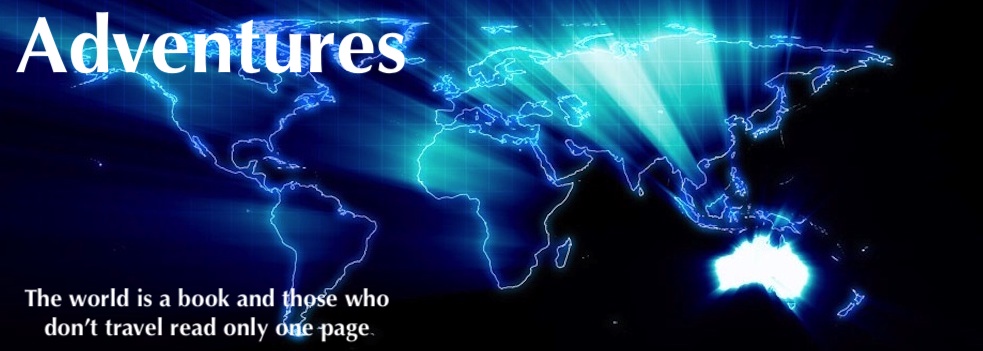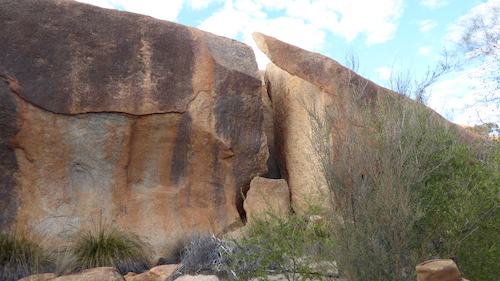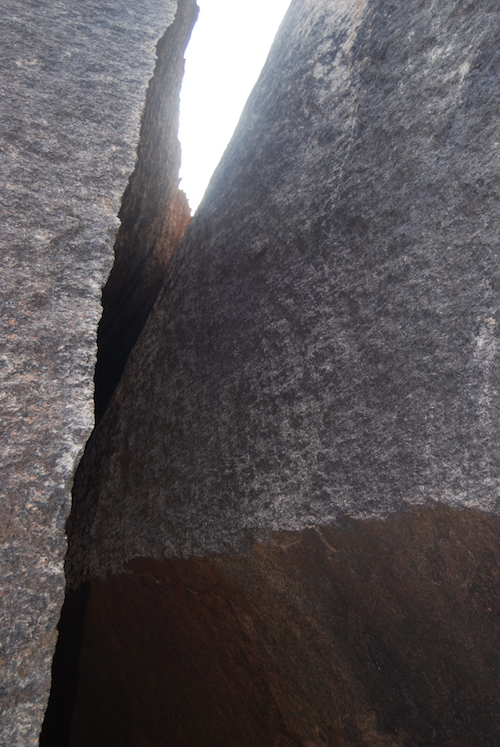Elachbutting Rock is the most impressive of all the huge granite outcrops in the Wheatbelt.
It is a large granite monolith that sits in the middle of a pristine nature reserve on the edge of the Wheatbelt, 70 kilometres north-east of Mukinbudin.
Naming of the Rock
The official name for this rock was provided by Surveyor H.S. King in 1889. Of aboriginal derivation its meaning is unknown although ‘that thing standing’ is a possibility. Explorer B.D. Clarkson named it Mount Bucket during his exploration of the area in 1864 – quite possibly a lazy interpretation of the aboriginal name for the feature. Clarkson’s name for the rock didn’t survive and the current difficult-to-pronounce name (one of several English spelling renderings of it) is totally non-marketable for a feature that should be better known.
- The result of billions of years of weathering at Elachbutting.
Compare with Wave Rock – where the savvy marketers in the south-east wheatbelt town of Hyden rejigged the bland ‘Hyden Rock’ to a much more marketable description of what is now a great tourist attraction. And latterly, a crappy salt lake common to anywhere in the Wheatlbelt as ‘Lake Magic’. Maybe some local interest group around Mukinbudin or Westonia will recognise the tourist potential of Elachbutting and nearby granite outcrops, apply more marketable names, and reap the rewards of increased visitation to the area.
Montys Pass
One of the features of Elachbutting is Montys Pass, where a huge chunk of the rock’s outer layer has dislodged and slid down, leaving a 30 metre walk-through tunnel between the rock and the dislodged chunk.
- Montys Pass
At the end of this is Kings Cave, which in reality is a large tafone. Many granite outcrops (inselbergs or monadnocks) have tafoni. Uluru and Kata Tjutu are well known examples.
- Kings Cave is a large tafone.
Fifty metres to the south of Montys Pass is a wave formation that, while it does not quite rival Wave Rock, is still impressive.
- Elachbutting Wave
The lookout on top of the rock is accessible by 4WD and provides fantastic views across farming land.
There are many great camping spots at the rock.
The reports of the various trips, tours and travels on the Adventures website have a lot of information about place names – their naming and features – toponymy. More information.
© Kim Epton 2017-2024
418 words, four photographs.
Feel free to use any part of this document but please do the right thing and give attribution to adventures.net.au. It will enhance the SEO of your website/blog and Adventures.
See Terms of Use.




